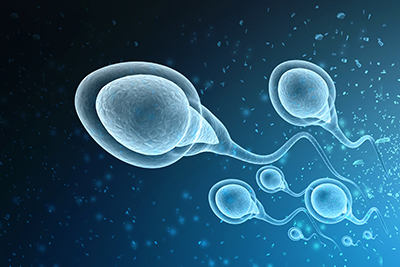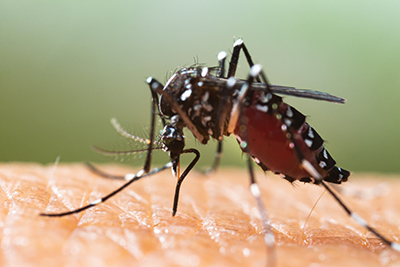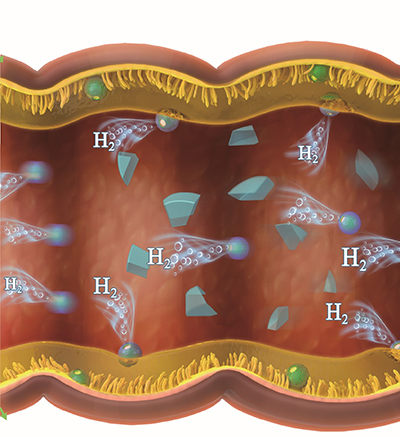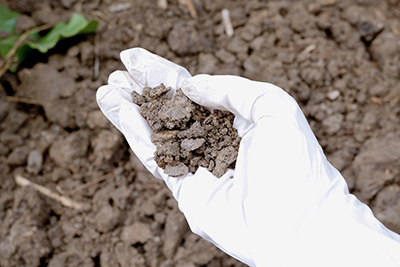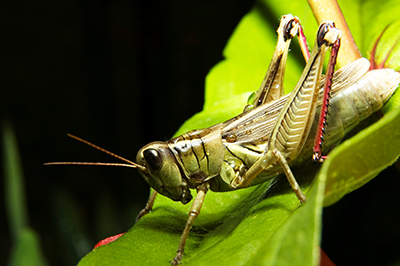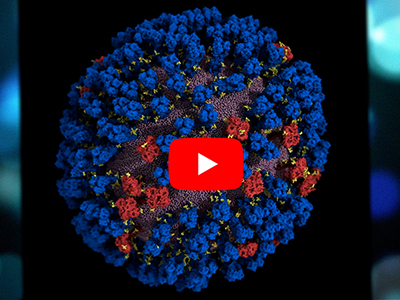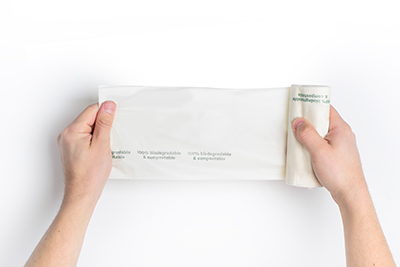FOR IMMEDIATE RELEASE
“Microplastic Fiber Release by Laundry: A Comparative Study of Hand-Washing and Machine-Washing”
ACS Environmental Science & Technology Water

From tiny plankton to massive whales, microplastics have been found throughout the ocean food chain. One major source of this pollution are fibers shed while laundering synthetic fabrics. Although many studies show microfibers are released during machine washing, it’s been less clear how hand washing contributes. Now, researchers reporting in ACS Environmental Science & Technology Water report that hand washing can drastically cut the amount of fibers shed compared with using a machine.
When clothing made from plastic fibers, such as polyester and nylon, are laundered, the fabric sheds microscopic fibers that eventually end up in wastewater and the environment. Though researchers have investigated the amount and types of microplastic fibers shed while laundering clothing, most studies have focused on washing machines. In many countries, however, it is still common to manually launder clothing. A team has previously reported on the effects of washing fabric by hand, but the study was not comprehensive. So, Wang, Zhao, Xing and colleagues wanted to systematically investigate microplastic fiber release from synthetic textiles with different methods of hand washing in contrast to machine washing.
The team cleaned two types of fabric swatches made from 100% polyester and a 95% polyester-5% spandex blend with hand washing methods and a washing machine. The researchers found that:
- Manual methods released far fewer fibers. For example, the 100% polyester fabric shed an average of 1,853 microplastic pieces during hand washing compared with an average of 23,723 pieces from the same fabric that was machine laundered.
- By weight, machine laundering released over five times more microplastics than the traditional method.
- The fibers released from hand washing tended to be longer.
- Adding detergent, pre-soaking the fabrics and using a washboard increased the number of released fibers with manual methods, but still not to the same extent as using a machine.
- In contrast, they found that temperature, detergent type, wash time and the amount of water used had no meaningful effects on the amount of microplastics shed while hand washing.
The researchers say that these results will help clarify the sources of microplastic pollution in the environment and can provide guidance for “greener” laundering methods.
The authors acknowledge funding from the Zhejiang Provincial Natural Science Foundation of China, the National Natural Science Foundation of China and the Scientific Research Foundation of Hangzhou Dianzi University.
###
The American Chemical Society (ACS) is a nonprofit organization founded in 1876 and chartered by the U.S. Congress. ACS is committed to improving all lives through the transforming power of chemistry. Its mission is to advance scientific knowledge, empower a global community and champion scientific integrity, and its vision is a world built on science. The Society is a global leader in promoting excellence in science education and providing access to chemistry-related information and research through its multiple research solutions, peer-reviewed journals, scientific conferences, e-books and weekly news periodical Chemical & Engineering News. ACS journals are among the most cited, most trusted and most read within the scientific literature; however, ACS itself does not conduct chemical research. As a leader in scientific information solutions, its CAS division partners with global innovators to accelerate breakthroughs by curating, connecting and analyzing the world’s scientific knowledge. ACS’ main offices are in Washington, D.C., and Columbus, Ohio.
Registered journalists can subscribe to the ACS journalist news portal on EurekAlert! to access embargoed and public science press releases. For media inquiries, contact newsroom@acs.org.
Note: ACS does not conduct research but publishes and publicizes peer-reviewed scientific studies.

